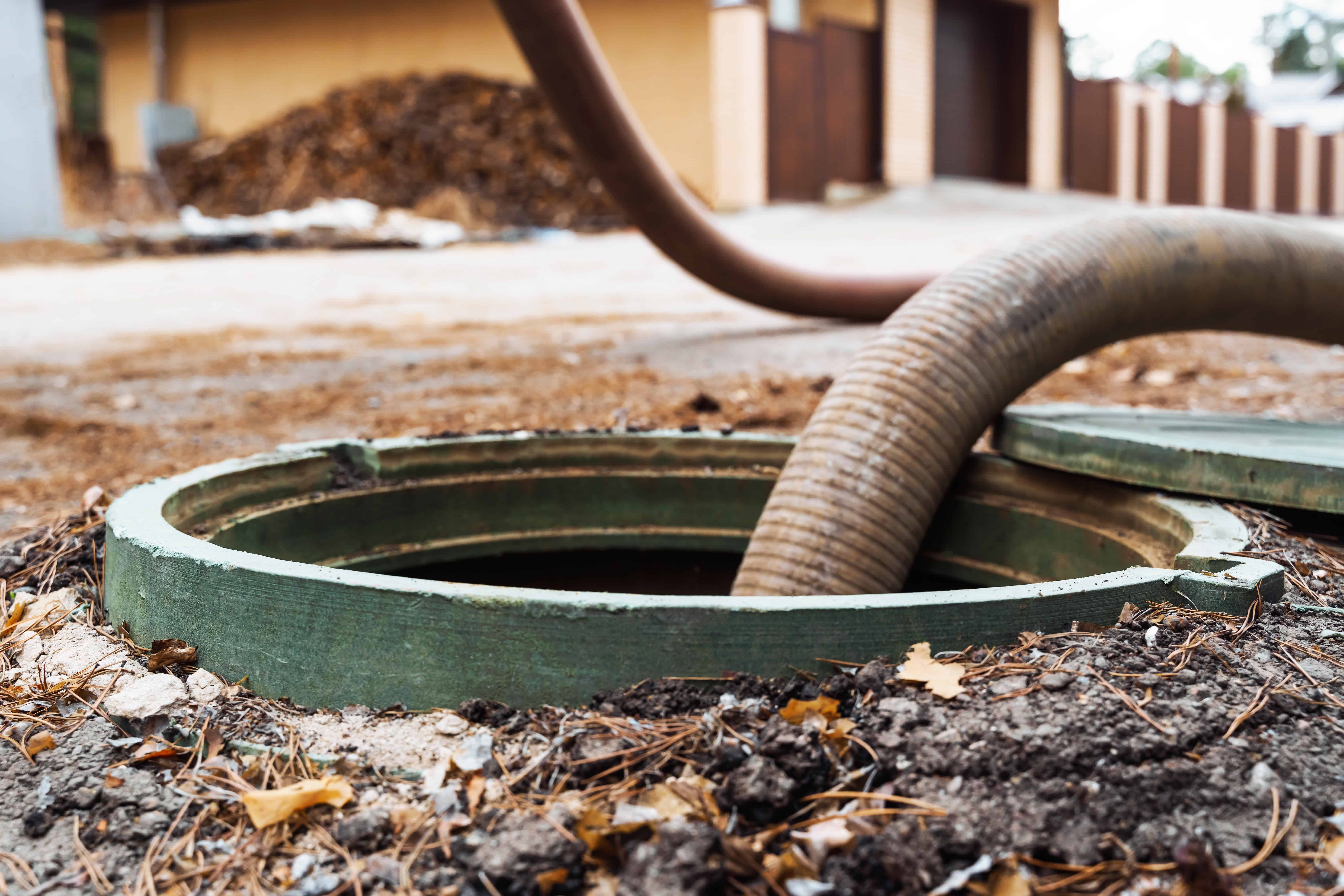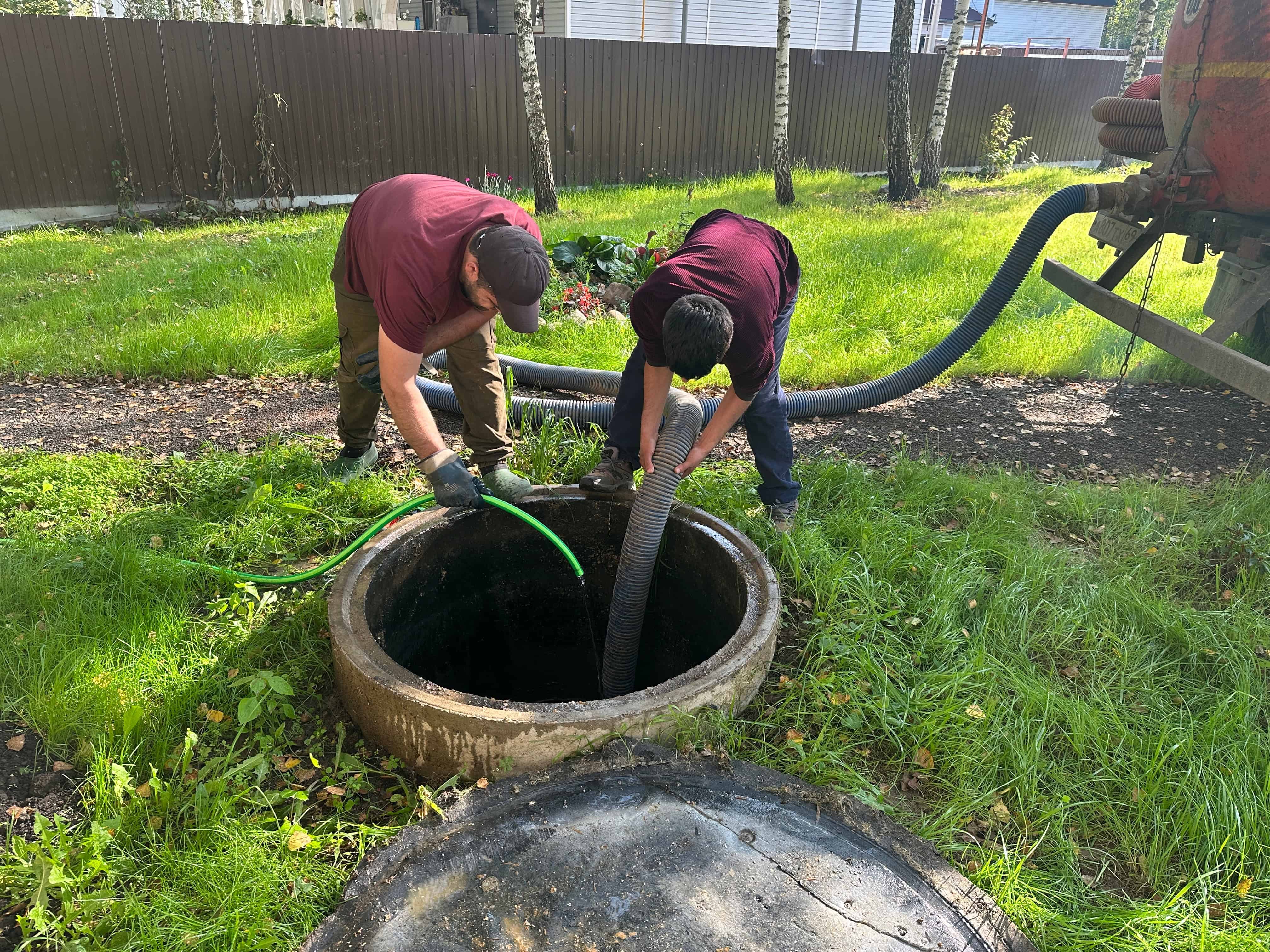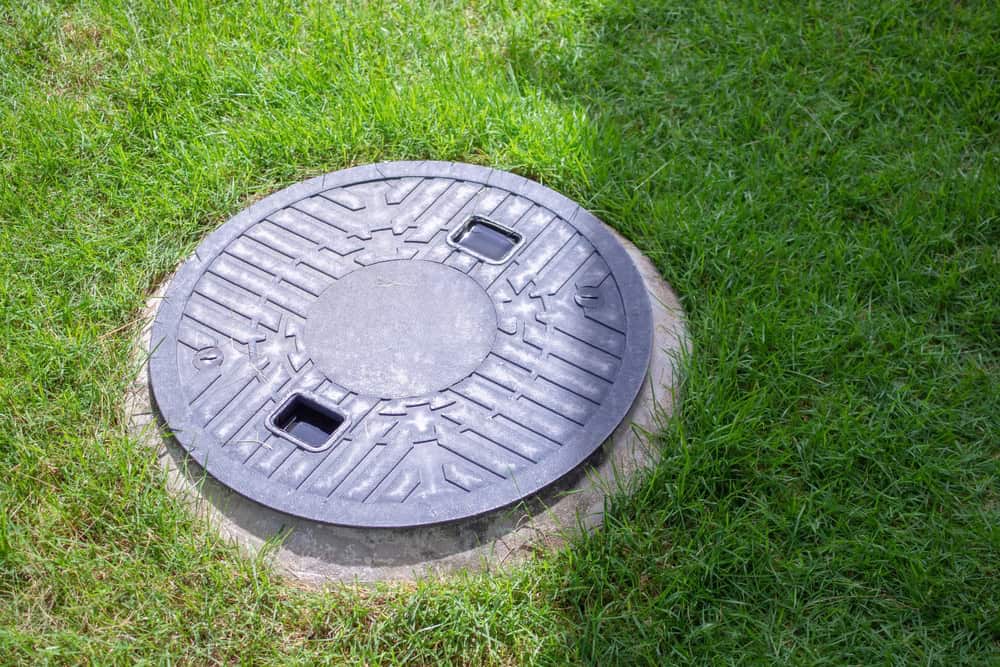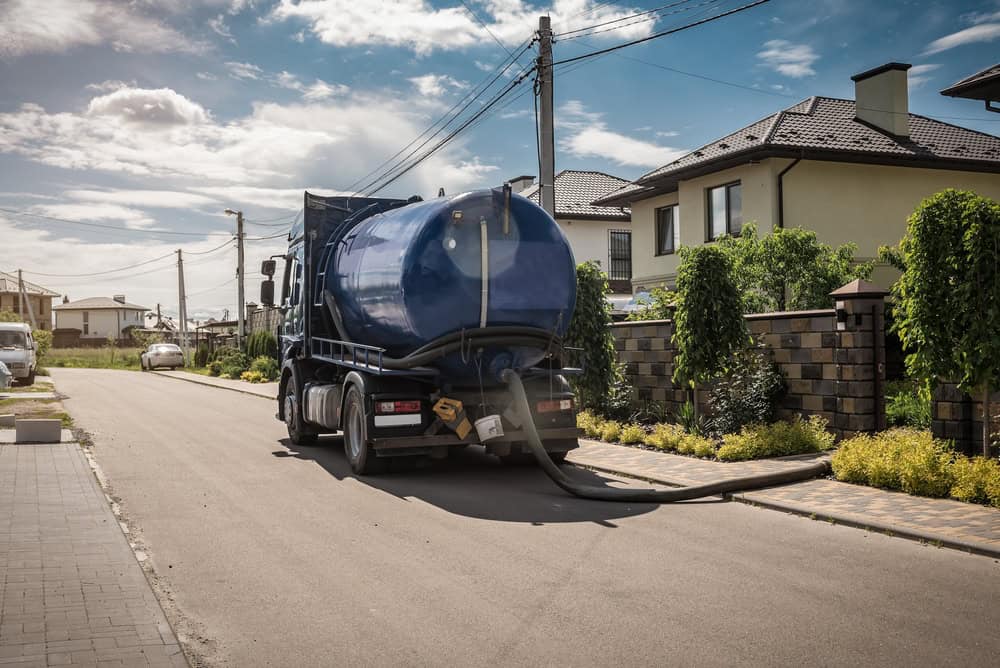No backups, no surprises, no scrambling for emergency service when you need your system most.

Hear from Our Customers

Your septic system works quietly in the background, exactly like it should. No warning signs, no slow drains, no mysterious odors that make you wonder what’s happening underground.
You get the confidence that comes with knowing your system is actually maintained, not just ignored until something goes wrong. Regular septic tank pumping prevents the expensive emergencies that catch most property owners off guard.
When your septic system is properly maintained, you’re not dealing with backups during family gatherings or peak occupancy periods. You’re not calling around desperately looking for emergency service on a weekend. You’re just living your life while your septic system does its job.
We’ve been handling septic systems in the Napeague area for years. We understand how coastal conditions affect septic performance and what it takes to keep systems running properly in sandy soil with high water tables.
We’re not the company that shows up, pumps your tank, and leaves. We’re the one that explains what we found, points out potential issues before they become problems, and gives you straight answers about your system’s condition.
Local property owners call us because we know the area, we know the regulations, and we know how to handle septic systems that deal with seasonal usage patterns and coastal environmental challenges.

We start by locating and uncovering your septic tank access ports. Our truck-mounted equipment removes all accumulated solids and liquids from your tank, giving us a clear view of the tank’s condition.
While we’re pumping, we inspect the tank for cracks, check the inlet and outlet baffles, and look for any signs of damage or wear. We measure sludge levels and evaluate how your system has been performing since the last service.
After pumping, we explain what we found and let you know if there are any issues that need attention. We’ll give you a realistic timeline for your next pumping based on your household size and usage patterns. No guesswork, no generic recommendations that don’t fit your situation.

Ready to get started?
Every septic pumping service includes complete tank evacuation, visual inspection of tank condition, and a clear explanation of what we found. We check baffle integrity, measure remaining sludge levels, and identify any maintenance issues that could affect system performance.
You get honest feedback about your system’s condition and realistic recommendations for future maintenance. We explain what’s normal wear and what actually needs attention, so you can make informed decisions about repairs or upgrades.
Our service includes proper disposal of waste at licensed facilities and compliance with all Suffolk County regulations. We handle the paperwork and make sure your service meets local health department requirements without you having to track down regulations or worry about compliance issues.

Don’t let cesspool issues disrupt your day. Reach out now for a free estimate and expert service.
©2025 Quality Cesspool All Rights Reserved. SEO Company NYC – Web Design & SEO by Hozio